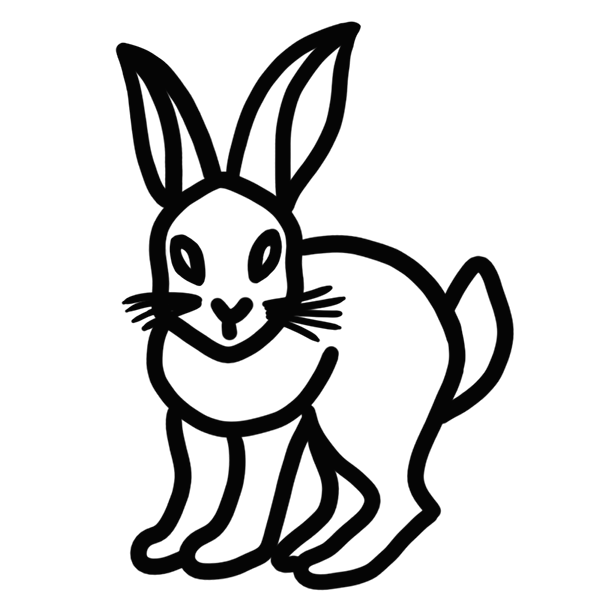Geometric Approach
Our goal with the bounce is to get Quin to touch the parabola without passing through it. A good starting point is to think about what conditions need to be met for that to happen. It can be helpful to start by narrowing things down; we know we want Quin inside the parabola, so we need her y coordinate to be less than 5 (where we’ve put a “roof” on the parabola, but your parabola can end wherever you’d like), and more than 0, since that’s where the parabola stops existing. We can also decide from symmetry that Quin’s x coordinate should be zero and the motion will be exclusively in the vertical direction.
You can use a slider in y to see approximately where Quin should end up, try it now and write down your estimation so we can check it against the solution we’re going to find mathematically.
In the picture to the right you can see that the tangent to the circle and the tangent to the parabola are parallel (and, in fact, the same line) at the point where the circle and the parabola touch. You’ve probably already learned about the slopes of lines, but all functions have slopes even if they’re not straight lines themselves. The slope can change depending on where on the function you’re measuring it.
In this case, the parabola has a slope that depends on x, so that m = 2x .
The other important geometric property that we can use is that the tangent line to a circle is always perpendicular to its radial line, the line that connects the center of the circle to a point on its perimeter.
So, we know that the tangent line needs to have a slope of 2a, where a is a given point on the x axis, and we know that the circle’s radial line needs to be perpendicular to that for the tangents to be parallel.
That means the radial line’s slope will be the negative reciprocal of the tangent line’s slope, so that
With that equation in mind, can you solve for where the center of the circle needs to be for the bounce to work?



